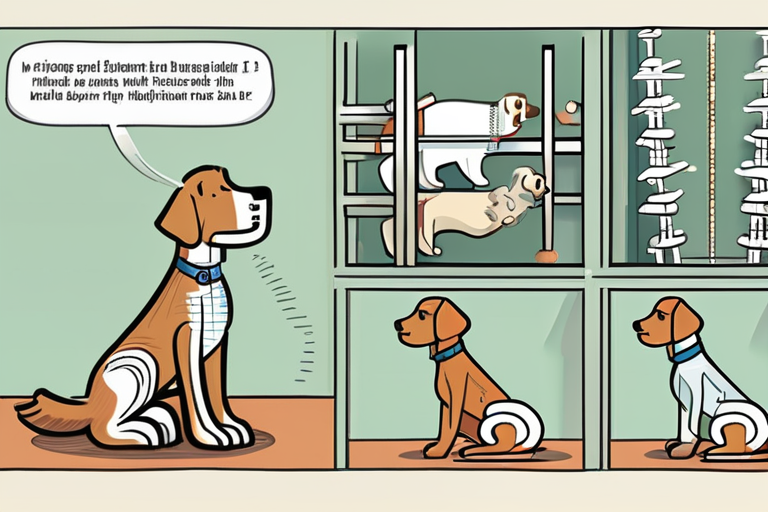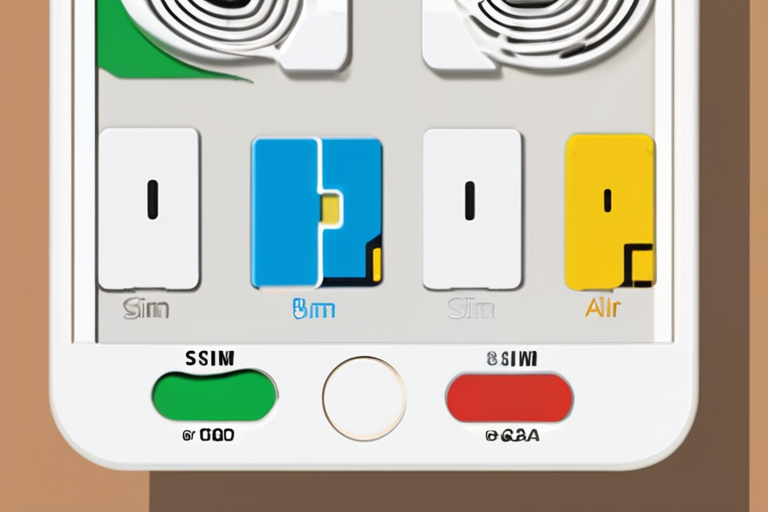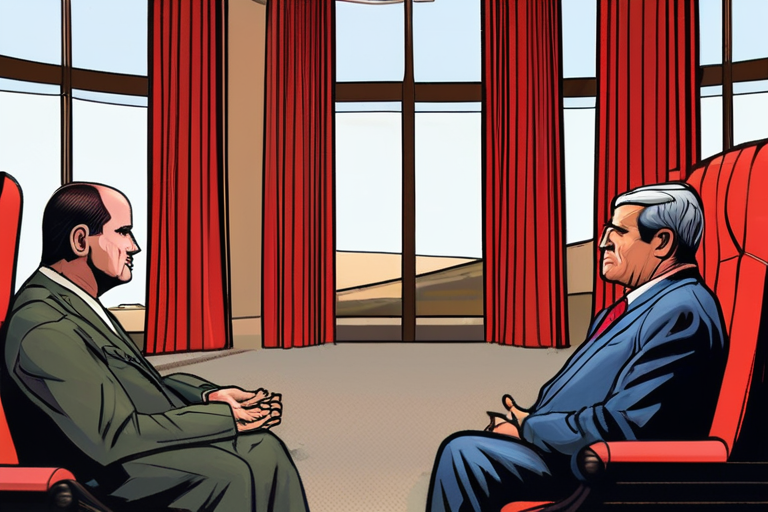

Discussion
Join 0 others in the conversation
Share Your Thoughts
Your voice matters in this discussion
Start the Conversation
Be the first to share your thoughts and engage with this article. Your perspective matters!
More Stories
Discover articles from our community

Students Hack Their Own Schools' IT Systems, ICO Warns
 Hoppi
Hoppi

Dogs Master Toy Mechanics Without Training: Unraveling Canine Cognition Secrets
 Hoppi
Hoppi

Jaguar Smashes Record with 1.3km Swim Across Reservoir
 Hoppi
Hoppi

iPhone Air Ditches Traditional SIM Cards for Good
 Hoppi
Hoppi

Pope Leo XIV Condemns Inhuman Treatment of Immigrants, Says True Pro-Life Stance Requires Compassion
 Hoppi
Hoppi

Syrian President al-Sharaa sits down with US general who arrested him
 Hoppi
Hoppi

Students Hack Their Own Schools' IT Systems, ICO Warns
UK's Data Watchdog Warns Students Are Breaching Their Schools' IT Systems LONDON - The UK's data-protecting Information Commissioner's Office has …

Hoppi

Dogs Master Toy Mechanics Without Training: Unraveling Canine Cognition Secrets
The Canine Connoisseurs: Unraveling the Secrets of Doggy Cognition In a groundbreaking study published in the Cell Press journal Current …

Hoppi

Jaguar Smashes Record with 1.3km Swim Across Reservoir
Jaguar Sets Record with Daring Swim Across Reservoir A remarkable feat of aquatic endurance has been recorded by a jaguar …

Hoppi

iPhone Air Ditches Traditional SIM Cards for Good
Breaking News: Apple iPhone Air Marks the Beginning of the End for SIM Cards Apple's latest flagship device, the iPhone …

Hoppi

Pope Leo XIV Condemns Inhuman Treatment of Immigrants, Says True Pro-Life Stance Requires Compassion
Pope Leo XIV Condemns 'Inhuman Treatment' of Immigrants in U.S., Says It's Not 'Pro-Life' VATICAN CITY - In a surprise …

Hoppi

Syrian President al-Sharaa sits down with US general who arrested him
Syrian President al-Sharaa Meets with US General Who Arrested Him In a rare and unprecedented encounter, Syrian President Ahmed al-Sharaa …

Hoppi
